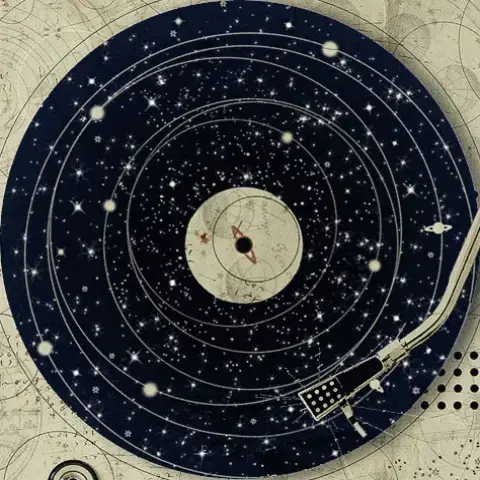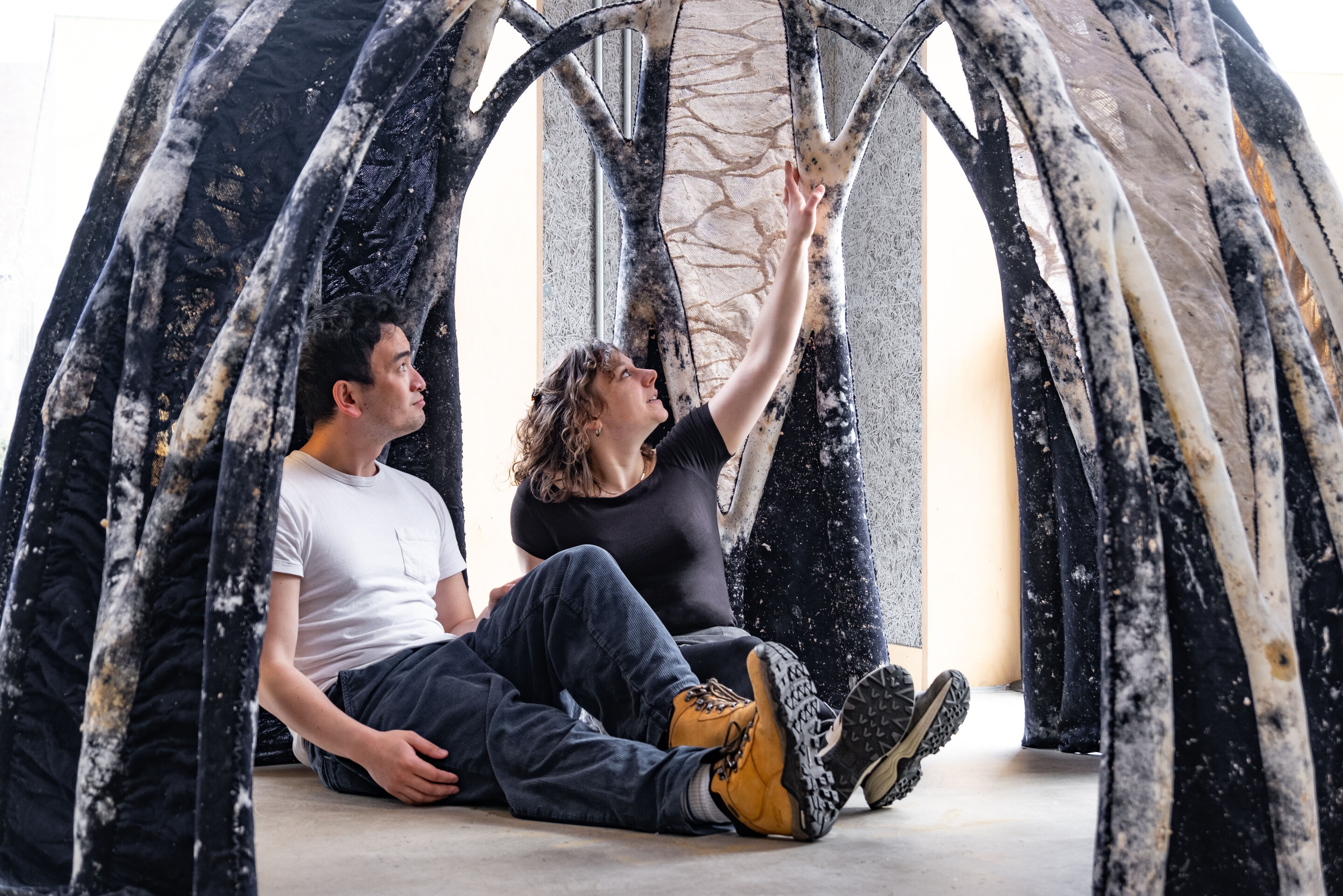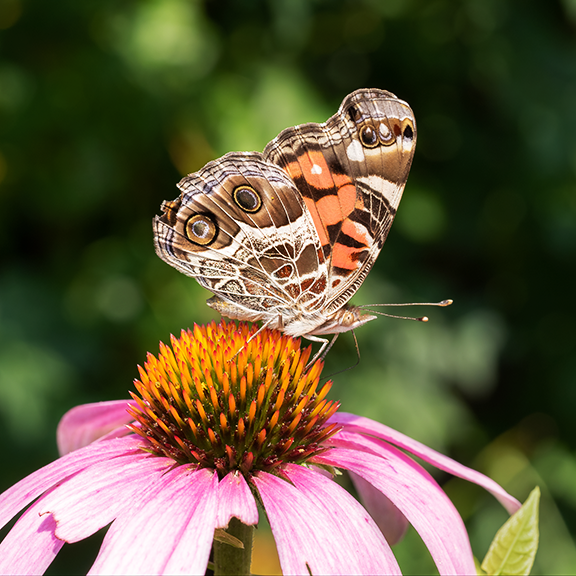- 2 Posts
- 4 Comments
I am fortunate enough to not react to poison ivy and have removed loads of it by hand through pulling it out (I still wear gloves though). I don’t really want to use chemicals because it tends to grow mixed in with some other landscaped areas and I don’t want to kill other things through collateral damage. I haven’t eradicated it this way, but each year less and less of it comes back, so it is a war of attrition.

 2·1 year ago
2·1 year agoI (personally, not a mod) would welcome art in this same vein here. I think an important part of this is how it is meant to coexist with and change over time through natural processes. This is in contrast to art that exists in nature, but is meant to be separate from it or persist in spite of it (Mt. Rushmore for example).
Really interesting piece, thanks for sharing!

 1·1 year ago
1·1 year agoThis is classic academia. I didn’t realize how janky our entire academic lab infrastructure was until I moved into industry. When the freezer started alarming and couldn’t maintain temperature, the contents should have been moved right then. Instead, they decided to leave the freezer running not quite right and keeping juuuust cold enough for stuff to not thaw.
As a quick story, we had to replace our -80 freezer once when I was in grad school and we found samples frozen in the back of it that were literally older than my advisor that have been handed down over the years. These are tubes with cell lines preserved that, as far as I know, are the only preserved samples.
In fact, during grad school, I wanted to study a strain of bacteria that had a series of papers written about it back in the 70’s and 80’s. When I reached out to the authors, they told me that they lost those cultures due to equipment failure decades ago, and that is why they stopped publishing papers about it.





Here is a good summary article discussing this topic that I found if people want more reading.